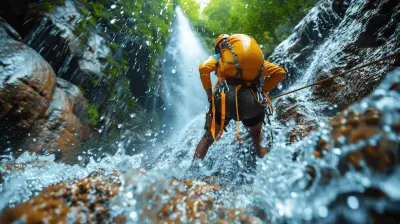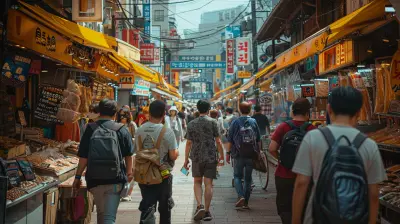Responsible Tourism: Supporting Indigenous Communities with Every Visit
6 November 2025
Imagine this: you're trekking through lush mountains, your boots crunching on ancestral trails that have guided generations. The air smells like earth and pine. You meet local artisans, hear their stories, eat food passed down through centuries, and realize your presence here isn’t just about sightseeing — it’s about connection, respect, and impact.
Welcome to responsible tourism, a way of traveling that’s not just good for your soul, but also meaningful for the communities you visit. In this post, we're diving deep into how you can support indigenous communities with every trip—and do it in a way that's truly impactful.
Let’s unpack it together.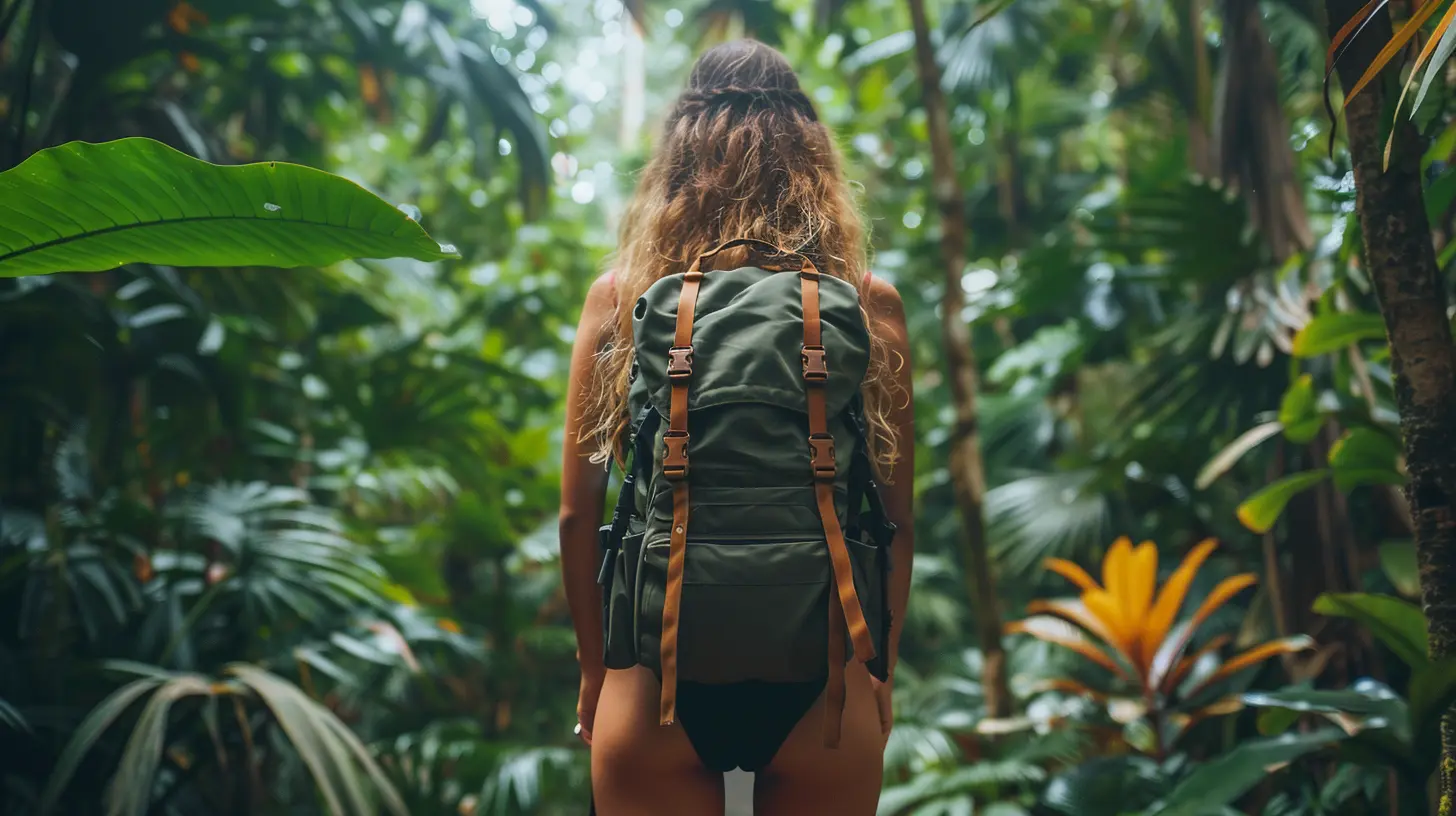
What Is Responsible Tourism, Really?
Responsible tourism goes far beyond checking off landmarks and snapping selfies for Instagram. It's about being conscious of how your actions as a traveler affect the places and people you visit. It involves making thoughtful choices — where you stay, what you eat, and how you interact with locals.But when we talk about supporting indigenous communities, we’re emphasizing something even more powerful: respecting and uplifting the cultural heritage, traditions, and rights of the original stewards of the land.
So, why does this matter?
Because indigenous communities are often marginalized, and yet, they're the guardians of some of the world’s most fragile ecosystems, vibrant cultures, and profound wisdom. When you travel responsibly, you not only enrich your experience but also contribute directly to their well-being.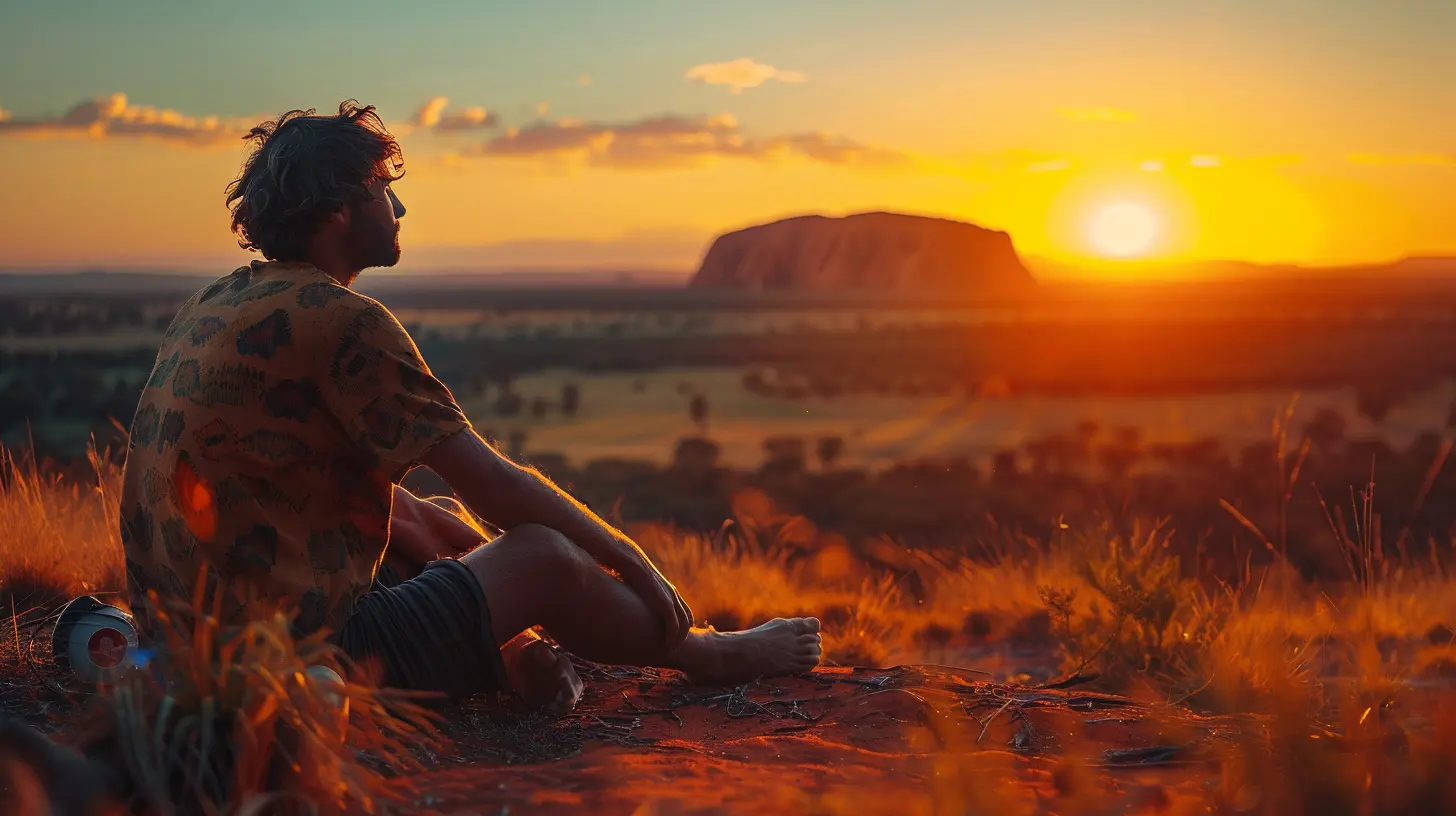
Why Indigenous Communities Need Our Support
Here’s the truth: indigenous communities around the world continue to face challenges — from displacement and cultural erosion to lack of economic opportunities. Tourism, when done right, can help flip the script.Done wrong? It leads to exploitation, commodification of culture, and environmental damage. Yikes.
But here's the good news — you can be part of the solution.
By being intentional with your travel decisions, you can support indigenous businesses, preserve traditions, and empower locals with sustainable income. It’s like putting your travel dollars where your heart is.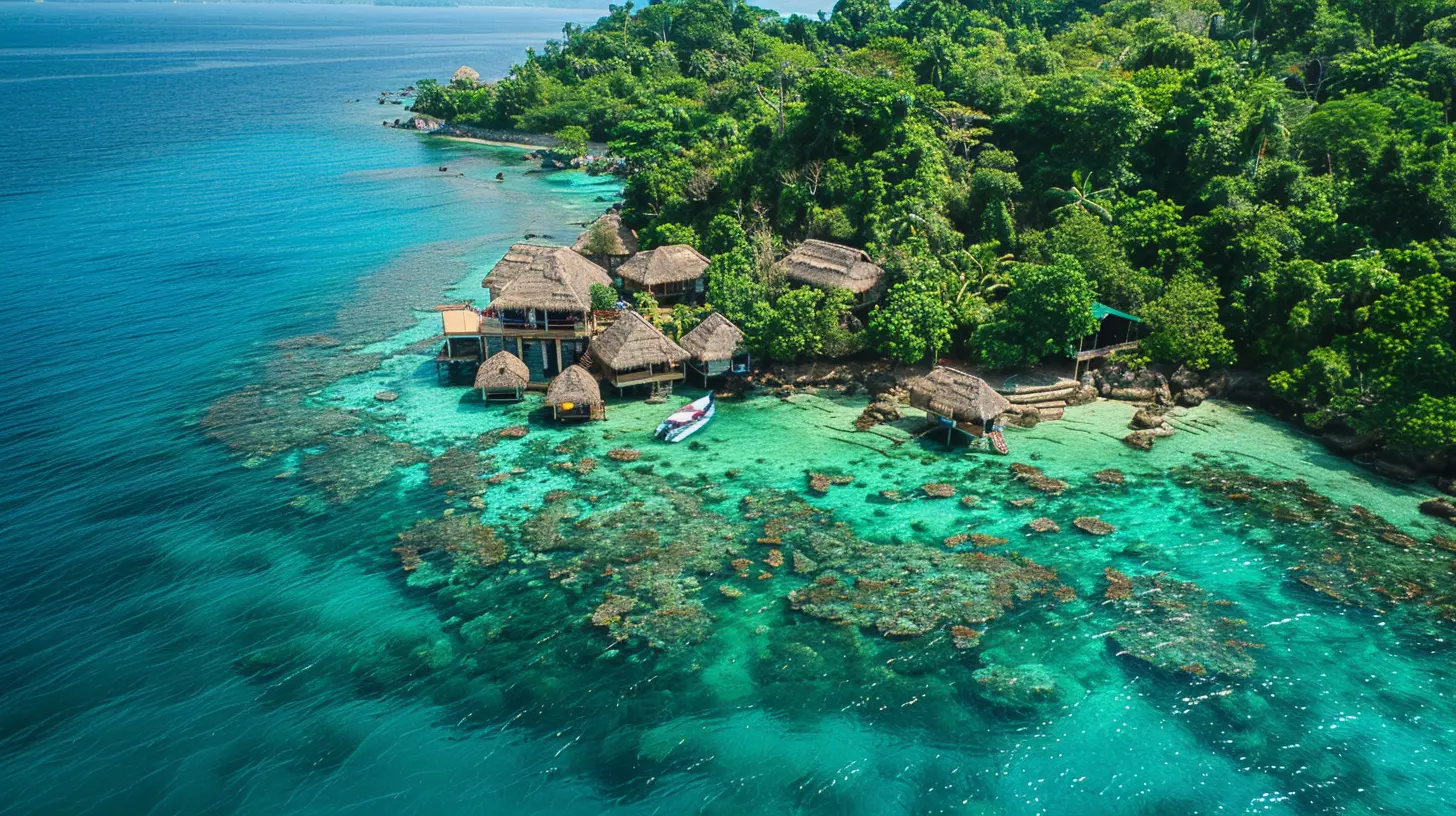
How To Travel Responsibly While Supporting Indigenous Communities
Alright, let’s get practical with it. How do you actually do this? It’s not about being perfect but being conscious. Here are some real, actionable ways to be a responsible traveler.1. Book Indigenous-Owned Accommodations and Tours
Want authentic experiences? Go straight to the source.Seek out hotels, lodges, or homestays that are owned and operated by indigenous people. Not only do you get a more immersive experience, but you’re also ensuring that your money goes directly back into the community.
Look for ethical tour companies that hire indigenous guides who share their knowledge, folklore, and a genuine perspective you just won’t get from mainstream operators.
💡 Pro Tip: Check if companies are certified by sustainable or indigenous tourism networks in the region you're visiting.
2. Buy Handcrafted Art and Goods — Directly
Skip the souvenir shops that mass-produce knock-offs. Instead, buy directly from artisans.Whether it’s woven textiles in Peru, Aboriginal dot paintings in Australia, or beadwork in Kenya — each item tells a story. You’re not just buying a product; you’re investing in heritage and helping keep traditions alive.
Ask yourself: Wouldn’t you rather bring home something made with heart and history?
3. Be Culturally Curious (and Respectful)
Curiosity is awesome — just make sure it’s wrapped in a blanket of respect.Take time to learn about the local customs, languages, and taboos. A simple greeting in a native tongue? That goes a long way.
Avoid treating indigenous people like photo ops. Always ask permission before taking pictures, especially during rituals or ceremonies. And when in doubt? Just ask.
Respect is the universal language.
4. Participate in Community-Based Cultural Experiences
If you’ve ever sat around a fire, listening to folktales under starlight with locals, you know these moments beat tourist traps any day.Many indigenous communities offer cultural tourism experiences — think traditional cooking classes, storytelling sessions, or farming workshops. These activities are not only eye-opening but also provide supplementary income for the hosts.
Bonus: You’ll come away with a deeper understanding that goes beyond your guidebook.
5. Choose Ethical Wildlife and Nature Experiences
Indigenous people often have a spiritual relationship with the land and its creatures. So, when you visit natural reserves or go wildlife watching, pick operators who work with local tribes to preserve the ecosystem.Steer clear from businesses that exploit animals or don’t give back to the community. Responsible tourism respects all forms of life.
6. Advocate and Educate
The journey doesn’t end when you get home.Share your experiences thoughtfully. Use your platform — whether it’s a blog, TikTok, or a chat with friends — to highlight indigenous voices and promote ethical travel choices.
Every story shared creates ripples.
Real-Life Examples of Responsible Indigenous Tourism
Need some inspiration? Here are a few heartwarming examples of responsible tourism in action:🌿 The Maasi Mara, Kenya
Community-owned conservancies here allow you to go on safaris while preserving land, wildlife, and ancestral rights. The income supports schools, clinics, and rangers who protect endangered animals.🌄 The Uros People of Lake Titicaca, Peru
Visitors can stay on floating reed islands built by the Uros, who share their ancient boat-making skills and fishing techniques. It’s tourism that’s immersive, respectful, and life-changing for both parties.🐋 The Tla-o-qui-aht First Nation, Canada
In Tofino, British Columbia, indigenous-led canoe tours and eco-lodge stays offer visitors a chance to connect with local legends while supporting environmental stewardship.These aren’t just trips. They’re transformative experiences — for you and for them.
Common Challenges — and How to Avoid Them
Let’s be real. Supporting indigenous tourism isn’t always straightforward. Here are a few common pitfalls to dodge:1. Greenwashing and Culture-Washing
Some companies market themselves as “eco” or “authentic” without actually empowering indigenous people. Always do your homework.Check reviews. Ask questions like: “Is this experience run by or in partnership with the community?” Transparency matters.
2. Over-Tourism
Just because a place is popular doesn’t mean it can handle more visitors. Sensitive sites can be easily damaged.Instead, look for off-the-beaten-path destinations where tourism is still emerging and can bring real benefits without causing harm.
The Deeper Rewards of Traveling Responsibly
At the end of the day, responsible tourism is a two-way street.When you choose to support indigenous communities, you're not just helping preserve culture and create jobs. You're also opening yourself to richer, more soulful travel.
It’s the difference between checking a box and making a connection. Between seeing a place and feeling it. Between passing through and becoming part of the story.
It’s a way of traveling that aligns your values with your footprints. Something that lingers long after the trip ends.
Final Thoughts: Your Journey Matters
Look, we all travel for different reasons — to escape, to grow, to experience the world. But imagine if every one of those journeys also served a greater good?Supporting indigenous communities is one of the most powerful ways to make your travel meaningful. It’s not about being perfect. It’s about being present, aware, and open to doing just a little better each time.
So the next time you pack your bags, ask yourself:
“How can my visit lift someone else up?”
The answer might just lead you to the most fulfilling adventure of your life.
all images in this post were generated using AI tools
Category:
Sustainable TourismAuthor:

Tracie McAdams
Discussion
rate this article
1 comments
Pia Warren
Embracing responsible tourism enhances our journeys and enriches indigenous cultures. By choosing to support local communities, we foster a deeper understanding and appreciation, creating lasting connections that benefit both travelers and hosts.
November 12, 2025 at 3:37 PM

Tracie McAdams
Thank you for highlighting the importance of responsible tourism! Supporting local communities not only enriches our travel experiences but also fosters meaningful connections that benefit everyone involved.

